In one word
MUNs are academic simulations of the United Nations debates. The SPRIMUN was created in 2012-2013 by a team of five students : Pauline, Maxime, Miguel, Olivier and Jolan, and has been organized every year since.
History
The SPRIMUN is based on the same model as other MUNs organised throughout the world. The first events of this kind date back to the 1920s when Harvard students started simulations of the League of Nations.
How does it work?
The participants are called “delegates“: they role-play as diplomats representing a nation. In order to prepare for the SPRIMUN, participants must research as much information as possible about the country they have been assigned, and investigate its position on the international issues that will be debated in their committee.
The simulations follow the rules of procedures of the United Nations. The rules are enforced by other participants called “chairs“. Chairs are more experienced students, they typically guide the debate and allow delegates to speak for designed amounts of time. They are also here to help the delegates to write their resolutions and amendments.
During the conference, participants are playing a role.
Delegates will be known by the name of their countries and won’t defend their own political ideals but rather the position of their country.
For example, if you represent Iran on the issue of Nuclear Disarmament, you might insist on the fact that your enrichment facilities are not part of your military program. You might also want to avoid working hand in hand with the delegate representing the US, and in your speech during the moderated caucus you might tease them (in a diplomatic way) on the fact that you launched your nuclear program in the 50s with the help of the US.
The Position Papers
Before the conference, delegates have to prepare a “Position Paper“, a statement of their country’s opinion on the topics to be discussed. In this essay, the participants are asked to:
-
Give the background of the topic;
-
Recount their past UN involvement on the topic;
-
Give their country’s position on the topic;
- Propose possible solutions.
